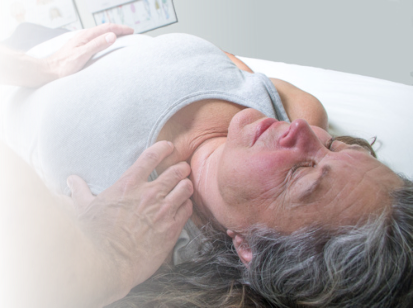
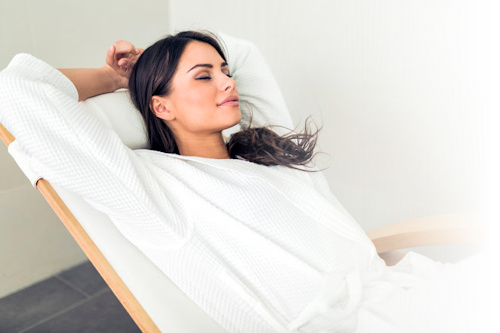
Women’s Health
Addressing women’s specific health
concerns with manual therapy
It has always seemed to me that women are going to suffer more pain throughout a lifetime than their male counterparts do, simply because they have a menstrual cycle. While it is true that not all women suffer from heavy menses or painful cramping, most women for at least some time in their life suffer, some greatly. Manual therapy promotes the idea that some of that pain and often most of it is due to lesions or adhesions within the uro-genital system.
These elements can be treated easily and gently from outside the body, relieving and easing
the symptoms.
1) Urinary incontinence:
There are two types of urinary incontinence, and the child bearing years can have a devastating effect on this system. The most common form of incontinence is an inability to hold it in, usually brought on by laughing or sneezing. This form can be addressed best by treating and strengthening the pelvic floor muscles. The second variety is frequent urination with limited volume. This is caused by a malfunction within the transitional cells of the urinary bladder. Transitional cells are a specialized cell lining the inside of the bladder that changes shape. Upon changing shape, these cells send the signal to the brain that urination is required. A portion of the bladder, being stuck in place causing the signal to be sent prematurely generally causes this type of incontinence. Freeing up the bladder will help it function better, increasing volume and function.2) Menstrual pain:
A great portion of flow and cramping is likely genetic, and there is very little we can do about it. However, freeing up the uterus, uterine arteries, suspensory ligaments, and ovaries, we can create space for proper mobility, thus creating an environment where the reproductive system can function optimally. This is usually enough to reduce pain and the chronic inflammation associated with heavy periods.3) Pain during ovulation:
Although not often talked about, many women are quite aware of when they are ovulating. The ovaries grow substantially just before releasing the ova. If the ovary does not have room to grow due to a restriction, it applies pressure to surrounding tissues causing pain. As the ovary becomes inflamed it can put pressure on the arteries of the leg, causing tightness in the hips and knee pain.4) Uterine/Ovarian health:
Most of this is covered in the paragraphs above, but just like any organ, organ system, or organism, the overall health of the uro-genital system requires the freedom to move easily and comfortably within its prescribed environment. This can be accomplished easily and gently with manual therapy.


© 2022, Jim Stevens Manual Therapy

Master Manual Therapist & Physical Trauma Specialist
Relieving pain and injury since 1994
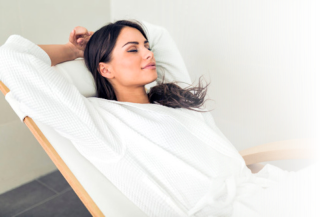
Women’s
Health
Addressing
women’s specific
health concerns
with manual
therapy
It has always seemed to me that women are going to suffer more pain throughout a lifetime than their male counterparts do, simply because they have a menstrual cycle. While it is true that not all women suffer from heavy menses or painful cramping, most women for at least some time in their life suffer, some greatly. Manual therapy promotes the idea that some of that pain and often most of it is due to lesions or adhesions within the uro-genital system.



These elements can be treated easily and gently from outside the
body, relieving and easing the symptoms.
1) Urinary incontinence:
There are two types of urinary incontinence, and the child bearing years can have a devastating effect on this system. The most common form of incontinence is an inability to hold it in, usually brought on by laughing or sneezing. This form can be addressed best by treating and strengthening the pelvic floor muscles. The second variety is frequent urination with limited volume. This is caused by a malfunction within the transitional cells of the urinary bladder. Transitional cells are a specialized cell lining the inside of the bladder that changes shape. Upon changing shape, these cells send the signal to the brain that urination is required. A portion of the bladder, being stuck in place causing the signal to be sent prematurely generally causes this type of incontinence. Freeing up the bladder will help it function better, increasing volume and function.2) Menstrual pain:
A great portion of flow and cramping is likely genetic, and there is very little we can do about it. However, freeing up the uterus, uterine arteries, suspensory ligaments, and ovaries, we can create space for proper mobility, thus creating an environment where the reproductive system can function optimally. This is usually enough to reduce pain and the chronic inflammation associated with heavy periods.3) Pain during ovulation:
Although not often talked about, many women are quite aware of when they are ovulating. The ovaries grow substantially just before releasing the ova. If the ovary does not have room to grow due to a restriction, it applies pressure to surrounding tissues causing pain. As the ovary becomes inflamed it can put pressure on the arteries of the leg, causing tightness in the hips and knee pain.4) Uterine/Ovarian health:
Most of this is covered in the paragraphs above, but just like any organ, organ system, or organism, the overall health of the uro- genital system requires the freedom to move easily and comfortably within its prescribed environment. This can be accomplished easily and gently with manual therapy.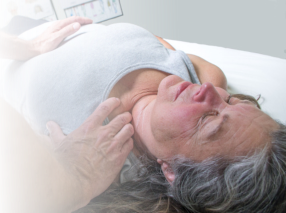


© 2022, Jim Stevens Manual Therapy



Master Manual
Therapist & Physical
Trauma Specialist
Relieving pain and
injury since 1994

























